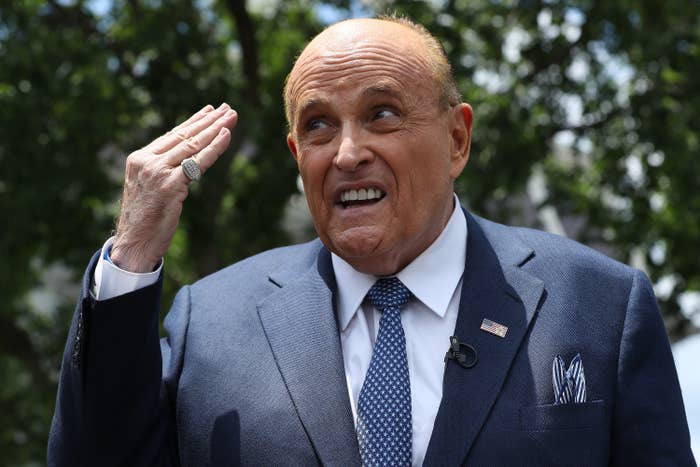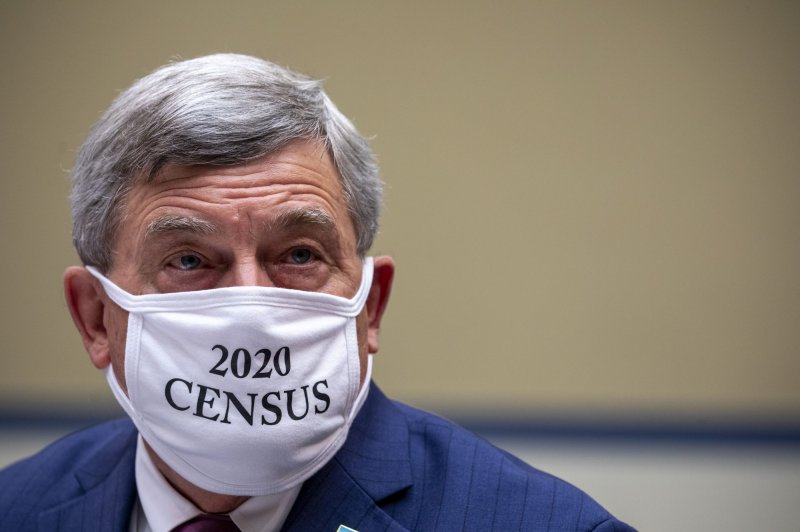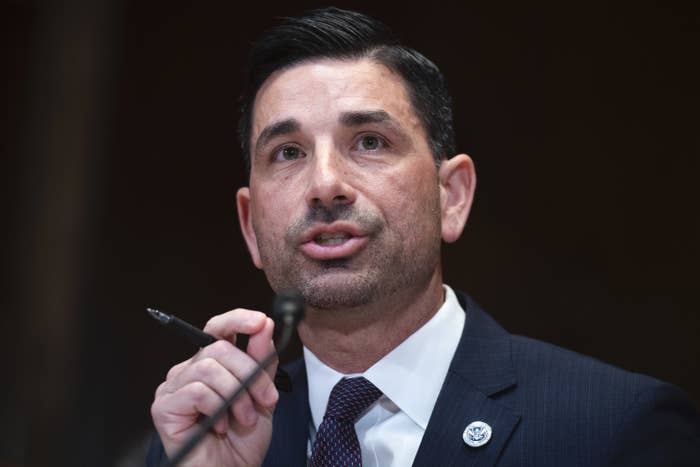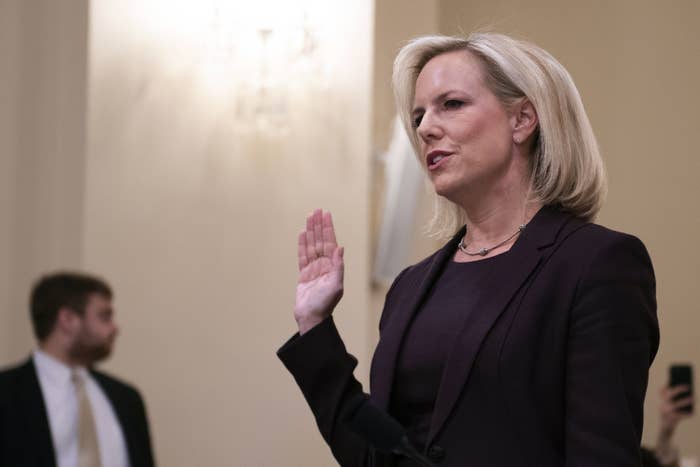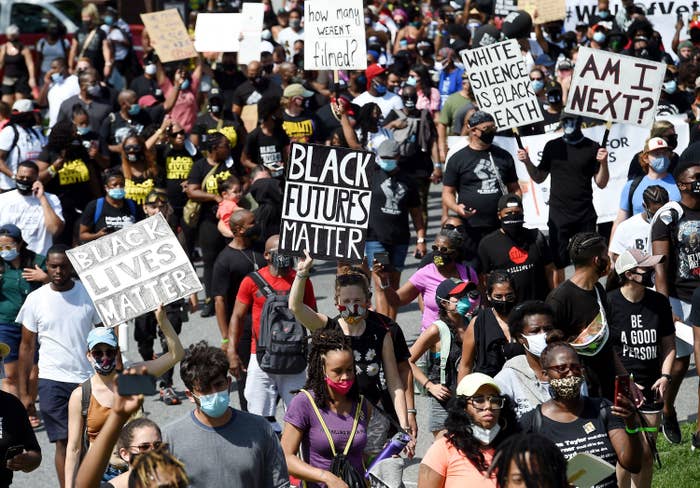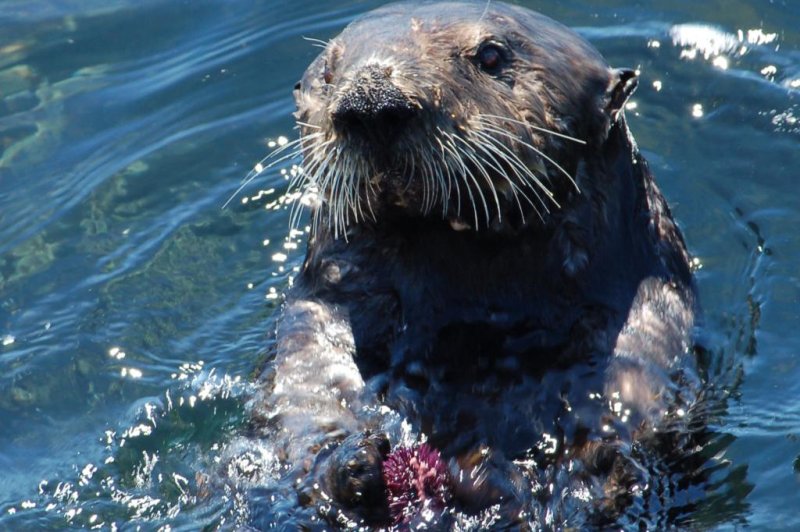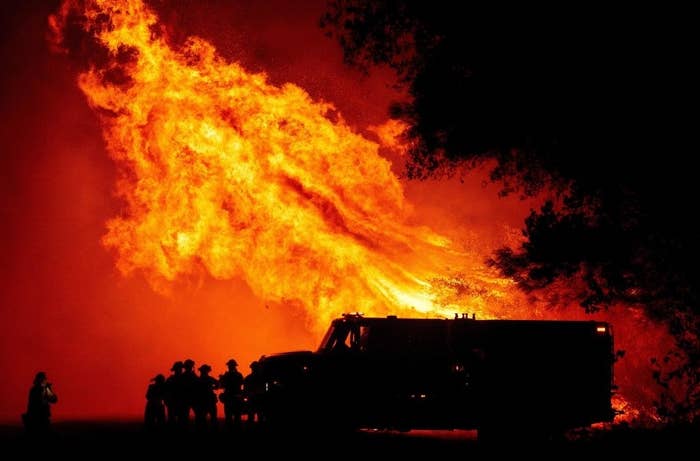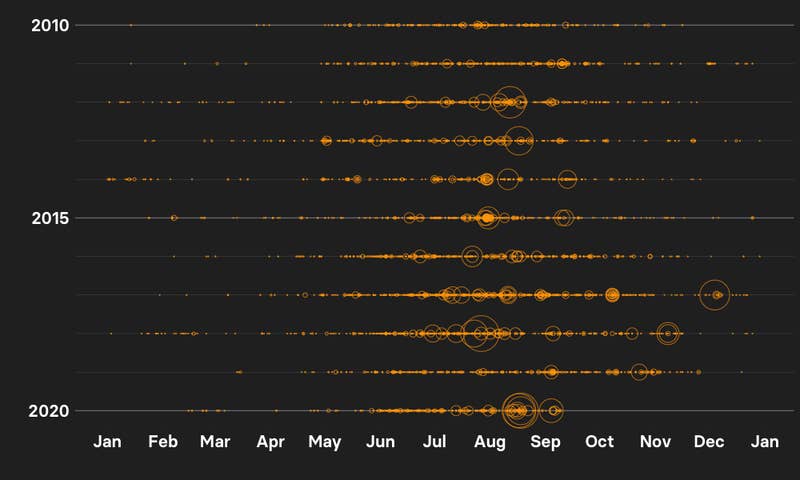When They Came To An Oregon Town To Take Pictures Of The Fires, Armed Locals Thought They Were Antifa Arsonists
They weren't.
Christopher MillerBuzzFeed News ContributorJane LytvynenkoBuzzFeed News Reporter
Posted on September 10, 2020
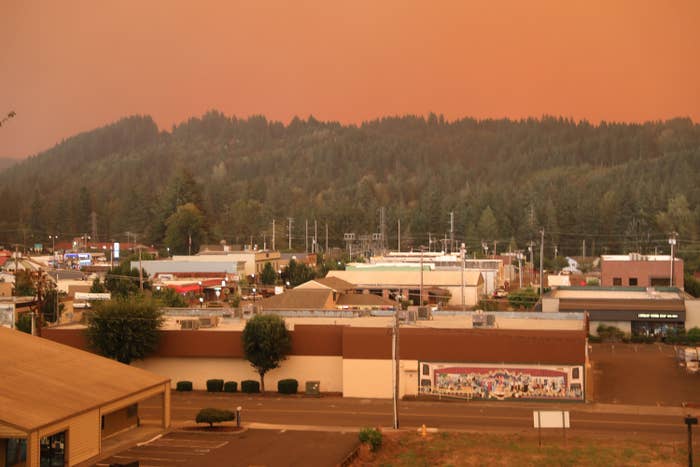
Deborah Bloom / Getty Images
Gabriel Trumbly, a Portland videographer who has spent roughly 90 of the past 100 days capturing the protests, wanted to take footage of the forest fires raging in Oregon. So on Wednesday night, the 29-year-old Army veteran set out with his partner, Jennifer Paulsen, 24, to see what was happening near her childhood home of Molalla, a town of 9,000 people known for its annual rodeo, the Buckeroo. Fires surrounding the town were so intense they had prompted a level 3 “GO NOW” warning to evacuate.
Little did they know when they arrived that Trumbly and Paulsen's presence would spark national rumors that far-left activists were starting fires across the West Coast.
After parking their car on the side of a road, the couple pulled on gas masks and shot video of towering flames. As they worked, they encountered people who had rigged a garden hose to a water tank in the bed of a truck and were trying to put out a fire in the driveway. Trumbly and Paulsen briefly spoke with them, as well as a driver who asked them if they needed any water.
Trumbly and Paulsen, both of whom spoke to BuzzFeed News by phone from Portland on Thursday, said the interactions seemed “normal.” They said the fire was moving quickly, so they didn’t stay long in Molalla. “We thought it was getting a bit dangerous, so we left,” Trumbly said.

Gabriel Trumbly
But shortly after they left, Paulsen began checking Twitter and Facebook to see news about the fires. She noticed that residents were sharing information about their car, including detailed descriptions of its appearance and license plate. The posts claimed they were members of antifa, an amorphous collection of left-wing groups that the president has called “a terrorist organization,” who had come to Molalla from Portland to commit arson.
Authorities in Oregon have struggled for days to fight apocalyptic wildfires that have burned over 800 square miles, forced thousands to evacuate their homes, and killed at least three people. Now they are also fighting a wave of rumors spreading on social media that the blazes were set by left-wing activists linked to the Portland protests.
The panic in Oregon appeared to stem from a woman in a Facebook group called Molalla NOW, meant for locals to share information about community events.
The post, which Trumbly shared a screenshot of on Twitter, claimed he and Paulsen had started a fire and misidentified them as “two guys wearing gas masks and ‘press’ vests.” It quickly garnered hundreds of reactions and replies.
“It blew up with comments!” Paulsen said. “People were saying, ‘Send people out with guns!’ It said we were antifa.”
Paulsen, who graduated from Molalla High School, even knew some of the people in the group. Now she and Trumbly were being hunted by a group of armed men on the town’s streets.
BuzzFeed News was unable to identify the armed men, but a spokesperson for the Molalla Police Department confirmed their presence by phone and two Portland-based freelance reporters who visited the town on Thursday posted photographs of what they said were three armed men who threatened them.

Jennifer Paulsen@JenMP96
Apparantly I came very close to being shot by a group of 'vigilantes' from my hometown tonight... My partner and I were followed in his car, people were posting his license plate all over various community pages, making multiple reports to the police. After a conversation 1/?09:37 AM - 10 Sep 2020
Reply Retweet Favorite
A vague Facebook message by the Molalla Police Department posted Wednesday evening fed suspicion among the rumor- and fire-stricken residents.
“To those of you still in and around town, please report any suspicious activity (strange people walking around/looking into cars and houses/vehicles driving through neighborhoods that don't belong there) to 911 immediately,” the MPD post read.
“Make them dig a grave then shoot them,” read one of the posts calling for them to be shot.
Concerned about dozens of similar posts, Trumbly called the Molalla Police Department around 1 a.m. “to clear things up,” he said.
He said an officer told him several calls had come in since he and Paulsen left Molalla about antifa members being seen in the town and a group of armed men patrolling the streets.
But it wasn’t until early Thursday morning that the police department updated its post.
“EDIT/CLARIFICATION: This is about possible looters, not antifa or setting of fires,” the updated post read. “There has been NO antifa in town as of this posting at 02:00 am. Please, folks, stay calm and use common sense. Stay inside or leave the area.”
Paulsen, who graduated from Molalla High School, even knew some of the people in the group. Now she and Trumbly were being hunted by a group of armed men on the town’s streets.
While police in Washington did make an arson arrest yesterday, it was long after the fires began spreading, and in a different state.
Besides the Molalla Police Department, the Medford Police Department, the Douglas County Sheriff’s Office, and the Jackson County Sheriff’s Office have published appeals on their Facebook pages in the past 24 hours for the public to stop spreading false information connecting antifa to the Oregon fires.
“Rumors spread just like wildfire and now our 9-1-1 dispatchers and professional staff are being overrun with requests for information and inquiries on an UNTRUE rumor that 6 Antifa members have been arrested for setting fires in DOUGLAS COUNTY, OREGON,” wrote the Douglas County Sheriff’s Office.
Acknowledging the incident, a Molalla Police Department hotline operator told BuzzFeed News Thursday that the department has “gotten calls about antifa arsonists and more [...] We‘ve gotten calls about everything and anything.” The operator also confirmed reports on social media of armed locals patrolling the town’s streets.
“It’s certainly hindering our ability to do our job more effectively.”
Lt. Mike Budreau of the Medford Police told BuzzFeed News that his department had been inundated with unsubstantiated reports about members of antifa and the Proud Boys, a right-wing group. “It’s been problematic and it takes time away from us when we're dealing with not only these fires, we have missing people, missing pets,” he said. “It’s certainly hindering our ability to do our job more effectively.”
The narrative was quickly seized upon by provocateurs. Right-wing website the Biggs Report claimed that antifa members were starting fires throughout the Pacific Northwest. “Possible ANTIFA Member Arrested For Starting Fires In Washington State,” said the post. A Washington state volunteer firefighter service linked to that story on Facebook, receiving 56 shares before the platform removed it.
At the same time, the Biggs Report, founded by a former InfoWars contributor, attempted to knock down rumors of their own, posting a second story that purported to debunk claims that members of far-right group the Proud Boys had started fires of their own. “The Boys Did Nothing Wrong!” said the story.
The group, which the FBI has labeled “extremist” and having “ties to white nationalism,” shared both stories on its Telegram channel.
The antifa narrative was also encouraged by a failed Republican Senate candidate in Oregon. His tweet was retweeted over 8,000 times and a screenshot of it spread on pro-Trump Instagram channels. It was also pushed by a Trump supporter affiliated with conservative nonprofit students organization Turning Point USA in Seattle. Her tweet went viral. “These fires are allegedly linked to Antifa and the Riots,” she wrote.
The rumor has been posted to virtually every social media network, including TikTok and the anonymous messaging board 4chan.
Despite the rampant misinformation, some people were attempting to clarify the situation.
“Ok we gotta clear this up now,” said one person on Facebook alongside a Bureau of Land Management announcement of area closures. “Blm does NOT stand for Black lives matter in this in reference to the fires.”
“They are ones who manages the lands and watch for fires ect,” the person continued. “I think the acronym is causing confusion making people assume its ‘antifa’ before factchecking. local radio refer to them as blm too but means the government program not the protests.... thats where our hysteria is coming from.”
Paulsen said the ordeal has spooked and shocked her. “I know these people or I know their families, and they’re treating me like I’m an outsider, even though that’s where I went to high school. That’s where my parents live,” Paulsen said. “They were writing [on Facebook], “Shoot now, ask questions later. You don’t want your house catching on fire.’”
For the record, Trumbly and Paulsen said they are not members of antifa, although they are against fascism.
September 11, 2020, at 8:23 a.m.
California And Oregon Residents Described Apocalyptic Landscapes As Wildfires Raged

Christopher Miller is a Kyiv-based American journalist and editor.

Jane Lytvynenko is a reporter for BuzzFeed News and is based in Toronto, Canada.
